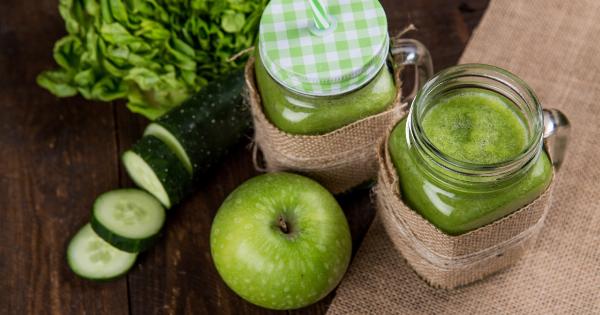Battle of the Peppermint Gum and Apple Peel
Peppermint gum, also known as spearmint gum, is a popular chewing gum flavor that has been enjoyed by people all around the world. The refreshing taste and cooling sensation of peppermint gum have made it a favorite among gum enthusiasts.
The Origin of Apple Peel
Apple peel is the outer skin or covering of an apple. It is usually removed before eating the apple, but it can also be used in various culinary preparations. The thin and delicate texture of apple peel gives it a distinct taste and texture.
Taste, Texture, and Aroma
Peppermint gum has a strong minty flavor that leaves a cool sensation in your mouth. Its texture is smooth and chewy, allowing you to enjoy the gum for a longer period. The aroma of peppermint gum is refreshing and invigorating.
On the other hand, apple peel has a subtle and slightly sweet taste. Its texture is thin and crispy, providing a satisfying crunch when you bite into it. The aroma of apple peel is reminiscent of fresh apples and is quite pleasant.
Health Benefits
Peppermint gum offers several health benefits. The minty flavor helps freshen your breath and improve oral hygiene. It is also known for its digestive properties, relieving symptoms such as indigestion and nausea.
Additionally, peppermint gum can provide a quick energy boost due to its invigorating scent.
Apple peel, on the other hand, is a rich source of dietary fiber and antioxidants. The fiber present in apple peel aids in digestion and promotes a healthy digestive system.
The antioxidants help protect the body against free radicals, thus reducing the risk of chronic diseases.
The Battle Begins
When it comes to the battle between peppermint gum and apple peel, it all boils down to personal preference.
Some individuals enjoy the refreshing taste and cool sensation of peppermint gum, while others prefer the subtle sweetness and crispy texture of apple peel.
One factor that can determine the winning side is the purpose of consumption. If you are looking to freshen your breath or enjoy a burst of minty flavor, peppermint gum might be your go-to choice.
On the other hand, if you seek a nutritious snack with added fiber and antioxidants, apple peel would be your ideal pick.
Culinary Uses
Peppermint gum is primarily consumed as a chewable gum for its flavor and freshness. However, it can also be used in culinary creations such as peppermint-flavored desserts, beverages, and even savory dishes for a unique twist.
Apple peel, although often discarded, can be utilized in various culinary preparations. It can be used to make apple peel chips, baked goods, jams, jellies, and even infused water.
The thin and crispy texture of apple peel adds an interesting element to these dishes.
Availability and Varieties
Peppermint gum is widely available in supermarkets, convenience stores, and online retailers. It can be found in various brands and packaging options, catering to different preferences.
Some variations may offer additional flavors or ingredients such as menthol or xylitol for added benefits.
Apple peel is readily available whenever you consume an apple. However, if you are specifically looking for apple peel products or recipes, they can be found in cookbooks, online cooking websites, and health food stores.
Different apple varieties may have slightly varying flavors and textures, providing options for experimentation.
Conclusion
In the battle of the peppermint gum and apple peel, there is no clear winner. Both have unique tastes, textures, and aromas that cater to different preferences.
Peppermint gum is refreshing and invigorating, while apple peel offers a subtle sweetness and added nutrition. Ultimately, the choice between these two depends on personal taste, purpose, and individual health goals.






























